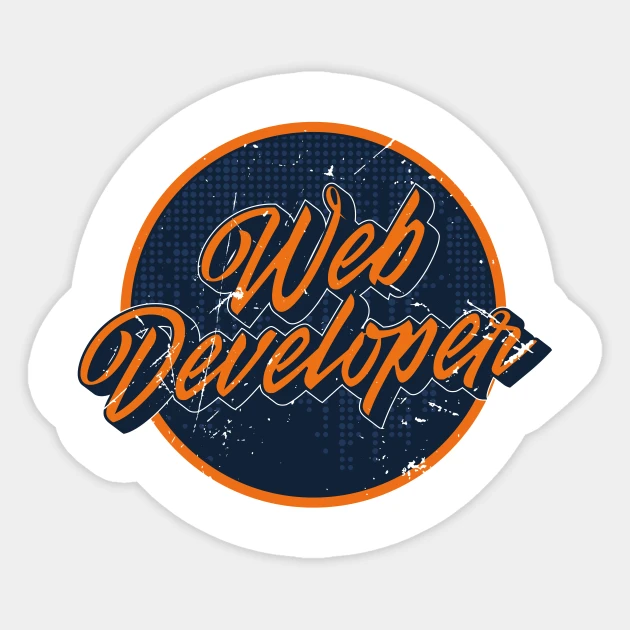
Nesting sass
But Sass wants to make your life easier. Rather than repeating the same selectors over and over again, you can write one style rules inside another. Sass will automatically combine the outer rule’s selector with the inner rule’s.
code sass
nav {
ul {
margin: 0;
padding: 0;
list-style: none;
}
li { display: inline-block; }
a {
display: block;
padding: 6px 12px;
text-decoration: none;
}
}
code css
Selector Lists sass
Nested rules are clever about handling selector lists (that is, comma-separated selectors). Each complex selector (the ones between the commas) is nested separately, and then they’re combined back into a selector list.
code sass
.alert, .warning {
ul, p {
margin-right: 0;
margin-left: 0;
padding-bottom: 0;
}
}
code css
.alert ul, .alert p, .warning ul, .warning p {
margin-right: 0;
margin-left: 0;
padding-bottom: 0;
}
Selector Combinators sass
You can nest selectors that use combinators as well. You can put the combinator at the end of the outer selector, at the beginning of the inner selector, or even all on its own in between the two.
code sass
ul > {
li {
list-style-type: none;
}
}
h2 {
+ p {
border-top: 1px solid gray;
}
}
p {
~ {
span {
opacity: 0.8;
}
}
}
code css
Interpolation sass
You can use interpolation to inject values from expressions like variables and function calls into your selectors. This is particularly useful when you’re writing mixins, since it allows you to create selectors from parameters your users pass in.
code sass
@mixin define-emoji($name, $glyph) {
span.emoji-#{$name} {
font-family: IconFont;
font-variant: normal;
font-weight: normal;
content: $glyph;
}
}
@include define-emoji("women-holding-hands", "");
code css
How to create a custom module in Drupal 8 & 9
Drupal 9 is the latest version of Drupal. There are significant differences between Drupal 8&9 and Drupal 7. Firstly, Drupal 8&9 requires the latest version of php5 to run. Drupal 8&9 uses a PHP framework called Symphony, which relies heavily on OOP. Another major change in Drupal 8&9 is the folder structure. In Drupal 8&9, all core modules are placed within core/ and all other modules are placed in root modules folder. Moreover, there are changes in the way modules are created. Read on to know how to create a custom module in Drupal 8&9.
